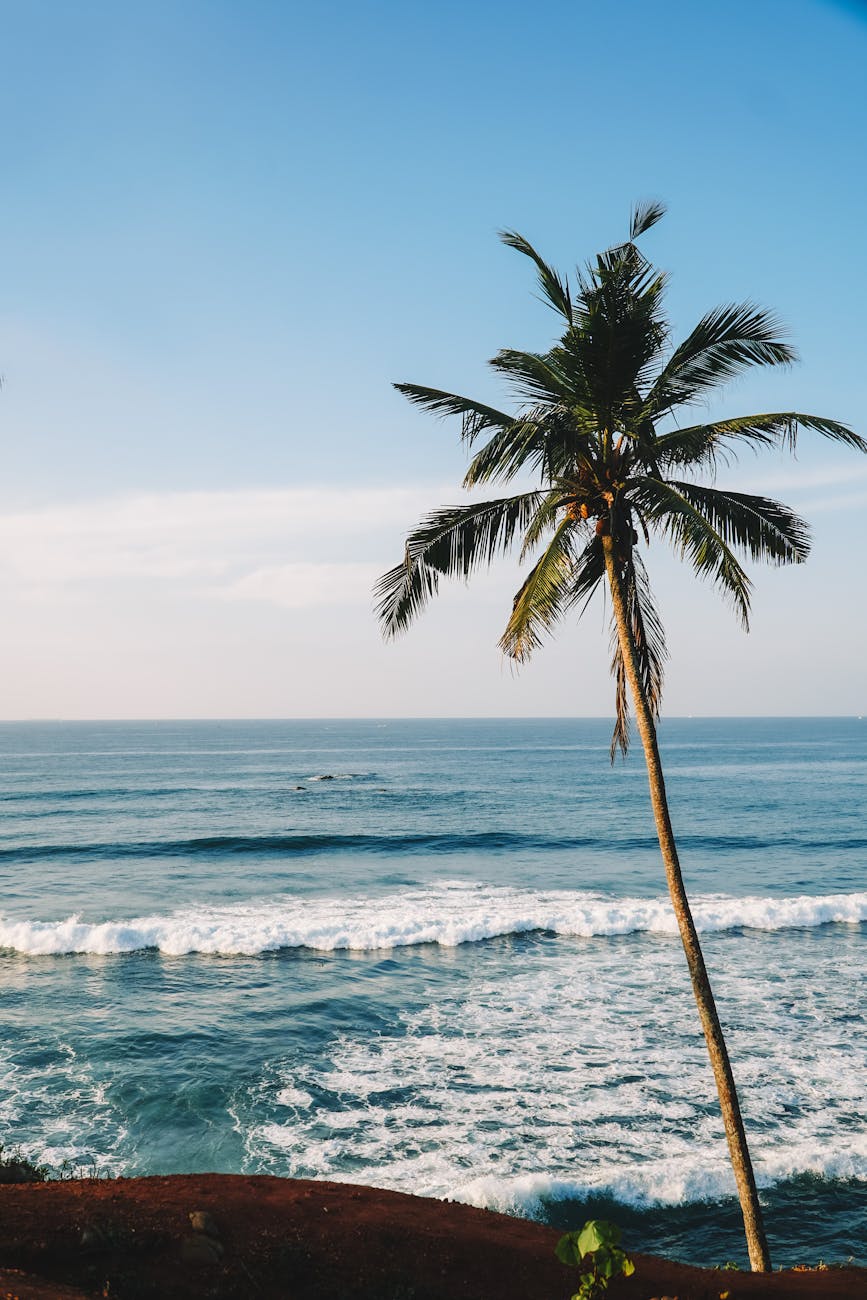Table of Contents
Have you ever dreamed of a picturesque coastal getaway, where crystal-clear waters kiss golden sands? It’s a thrilling thought, but it’s essential to bring a dose of reality along with your beach towel. Coastal disasters, whether they are hurricanes, tsunamis, or eroding shorelines, can pose significant threats. Understanding the risks at your chosen destination can turn your dream vacation into a safer and more enjoyable experience.
This blog post delves into the risk factors associated with coastal destinations and offers insights into how you can stay ahead of potential disasters. Travel planning goes beyond just booking a hotel; it invites a deeper understanding of the place you’re visiting and its preparedness for coastal calamities.
Coastal disasters encompass a variety of phenomena that can jeopardize both life and livelihood. From hurricanes and tropical storms that unleash fierce winds and flooding to tsunamis triggered by underwater earthquakes, these disasters are as volatile as they are predictable. Knowing what can happen allows travelers to make informed choices about their holiday. For instance, understanding the hurricane season in places like Florida can transform impulsive planning into strategic travel decisions.
Additionally, shoreline erosion and rising sea levels due to climate change are creeping threats that many coastal communities are grappling with. This slow but steady change can lead to dwindling beach access and more frequent flooding, directly impacting your experience. By grasping these concepts, you can understand the inherent risks tied to your coastal destination and take proactive steps toward ensuring safety.
When choosing a coastal location, a little research goes a long way. Start by investigating the historical data of natural disasters in that area. Local authorities often provide essential insights that explain not just the frequency of past events but also how well communities are prepared for future occurrences. Some destinations are better equipped with early warning systems and efficient evacuation routes, while others may lag behind.
Beyond just statistics, talking to locals and reading reviews on travel forums can provide a rich understanding of how communities prepare for potential disasters. Perhaps that charming beachside town you have in mind has invested heavily in infrastructural improvements after experiencing a particularly challenging storm. Engaging with this knowledge empowers you to make deliberate choices about your travel plans and identify places that prioritize guest safety alongside enjoyment.
Once you have a clearer understanding of your destination’s risks, preparing yourself becomes crucial. Familiarization with the local emergency management protocols can be invaluable. Check if your accommodation has emergency plans in place. Are there supplies like first aid kits easily accessible? Also, it’s wise to pack your own emergency kit, including essentials like bottled water, snacks, a flashlight, and copies of important documents.
Ensure you have a communication plan with travel companions. Designating meeting points and sharing contact details can alleviate stress in the face of unexpected events. Armed with these measures, you can enjoy peace of mind while soaking up the sun, knowing you’re ready for whatever may come your way.
The resilience of a community ties into your overall travel experience. Areas that prioritize conservation and environmental sustainability are often better prepared for coastal disasters. Supporting local eco-friendly businesses and community initiatives can be a fulfilling way to contribute to their resilience. Many coastal towns are adopting sustainable practices to combat climate change, such as restoring mangroves or investing in new infrastructure to shield against flooding.
Similarly, engaging with community events around disaster preparedness can be enlightening. Participating in a local workshop or volunteering for a coastal clean-up can deepen your understanding of the area and strengthen your appreciation for its natural beauty. By fostering a connection to your destination, you help to ensure its vibrancy for future visitors and residents alike.
Embracing the reality of coastal disasters shouldn’t dampen your enthusiasm for travel. Instead, it can transform your perspective, prompting you to be a more mindful adventurer. By staying educated and taking proactive steps, you empower yourself to experience the breathtaking beauty of coastal regions without fear. Knowing your destination’s risks and how they are managed not only enhances your vacation but also fosters community resilience.
So, indulge in those sunsets and ocean views. By preparing for the unexpected, you ensure your getaway is as smooth as a calm sea, allowing you to make lasting memories with confidence.
What should I do if a natural disaster occurs during my trip?
Stay calm and follow the emergency protocols of your destination. Ensure you’re aware of evacuation routes and local emergency contacts.
How can I find information about past disasters in my holiday location?
Visit local government websites or consult travel advisories. Online resources provide a wealth of historical data on disaster occurrences and preparedness measures.
Are there travel insurance options that cover natural disasters?
Yes, many travel insurance policies offer coverage for natural disasters. Be sure to read the fine print and ensure your policy suits your needs.
Image Credit: Pexels





